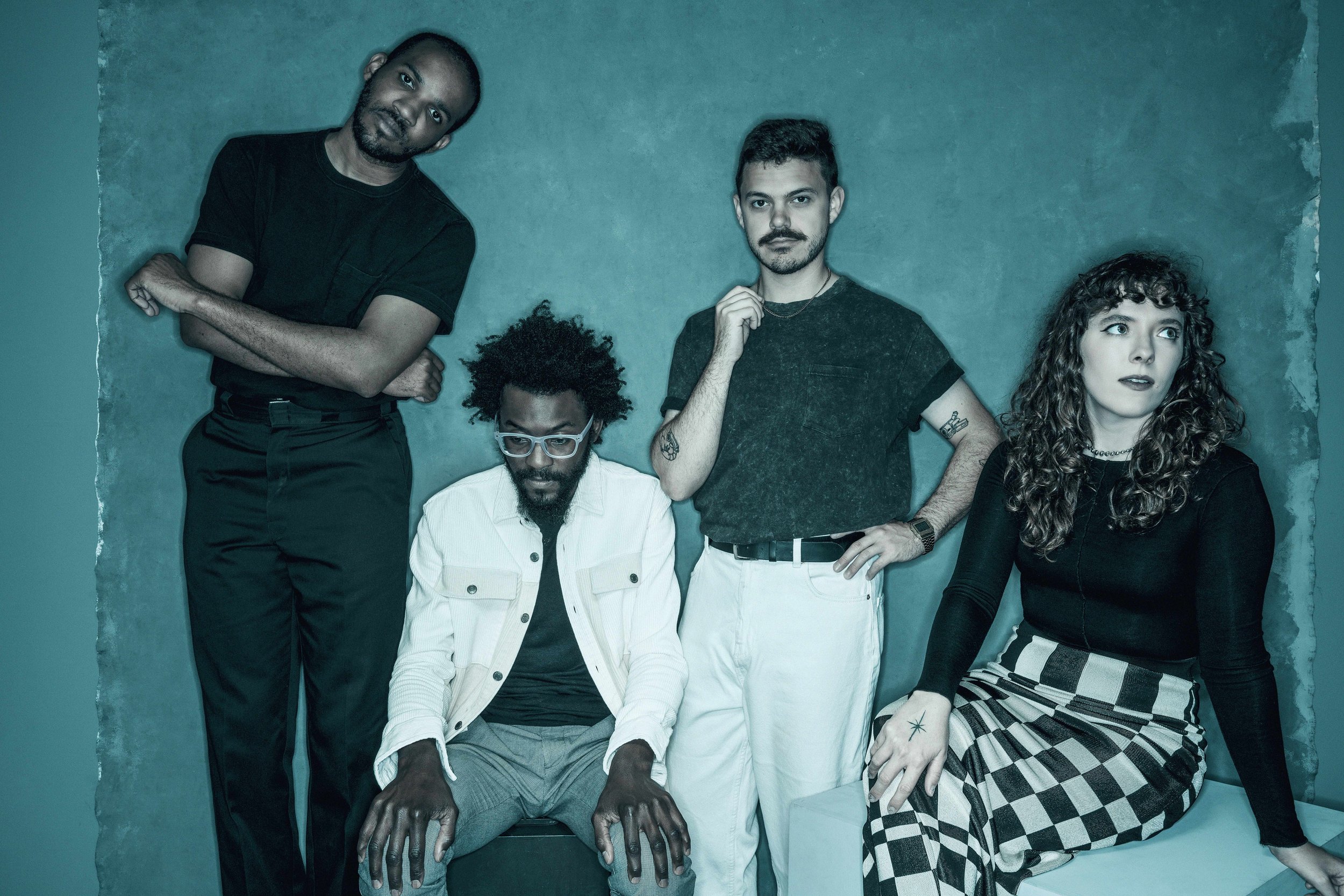Is People Museum New Orleans Music?

The electronic duo thinks of its upcoming album that way, and although it's not the sound people are used to, it might be right.
“We are trying to show the New Orleans of today and tomorrow, so this layer of electronics over humans is very reflective of the times we are living here,” Claire Givens says.
Givens is the singer and one half of People Museum with trombone player Jeremy Phipps. On Friday, they’ll release their debut album, I Dreamt of You in Technicolor, and play an album release show at the Saturn Bar. The context they see for their work invites a conversation about what “New Orleans music” means—if it ever really meant anything—and speaks to the power of the concept. They clearly have an emotional (and likely economic) stake in the idea of New Orleans music, even if their electronic pop doesn’t obviously fit traditional definitions.
If anything, the songs from Technicolor evoke British electronic pop of the early 1980s, with spare, deliberately synthetic sounds deployed in spare arrangements that allow the meaningful parts and particularly the voice to stand out in stark relief. Givens isn’t exactly soulful, but her vocals clearly reflect deeply felt emotions. Phipps adds his trombone in much the same way that the trumpet became a British new wave staple as it adds a second human element into the otherwise synthetic mix. Frequently, it sounds a melancholy note.
The group started in 2016 when a friend thought Givens and Phipps should make music together. Both had been in bands before, and Phipps had just got back in town after living in Los Angeles. They met at the Marigny Brasserie, talked, then went straight to a friend’s house in the Treme to see if they could work together.
“We finished two complete songs and realized it was a perfect match,” Givens says.
At first, they worked with the idea of a full band in mind. The song “It Won’t Be Long” on Soundcloud comes from that period, and while it’s a good song, it’s not as distinctive as what People Museum is doing now.
“We first wrote music as a full band but Jeremy and I saw our initial vision of electronic pop New Orleans music was disappearing from the full band compositions,” Givens says. To address that and retain part of the initial concept, she says, “we totally changed our compositional style from five people in one room creating on the spot to Jeremy making full instrumental tracks alone and sending them to me so I could create the vocal melodies and lyrics by myself.”
People Museum has a drummer and keyboard player who play with them live, but the band became a democracy of two, it got the balance of “synthetic instruments with human emotions” that Givens is looking for.
“Lyrically, I draw off of personal memories and relationship rather than intentional, broad social commentary,” she says. “Technology has really helped us in our vision of mixing the real and the fake. We can manipulate the voice or a trombone with pedals and effects to make a fresh sound and that is super exciting to us.”
Is People Museum New Orleans music? Depends on what the phrase means to you. If it’s a cross-genre amalgam rooted in jazz, R&B, and rock, then probably not. If it’s about displays of musicianship and chops, no. If it’s music that reflects living in New Orleans in 2018, then probably so. It’s not as distinctly different from the sounds of other cities as New Orleans music once did, but perhaps New Orleans isn’t as distinctive as it once was either.






